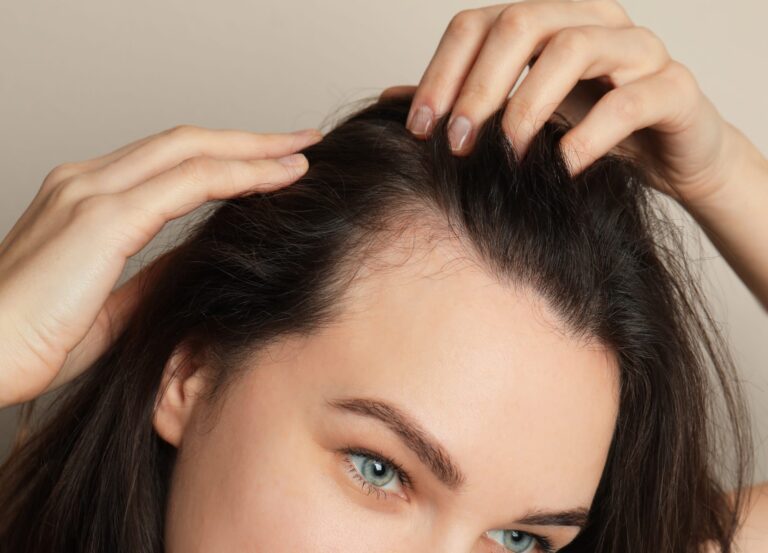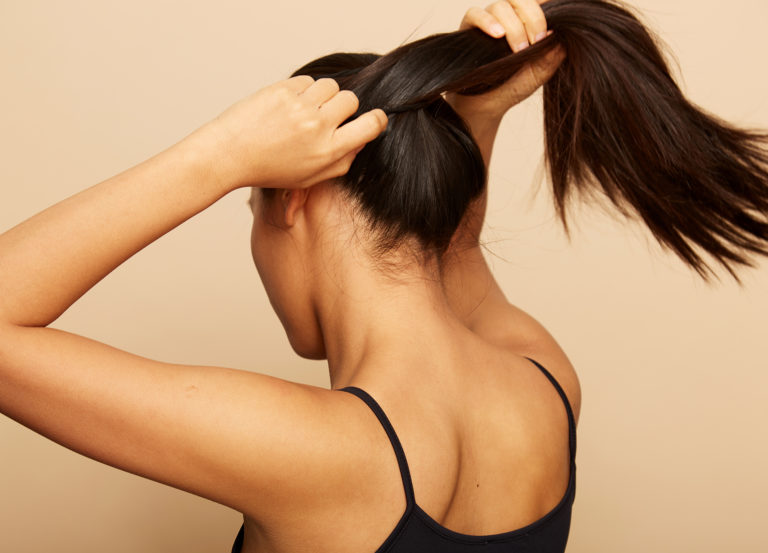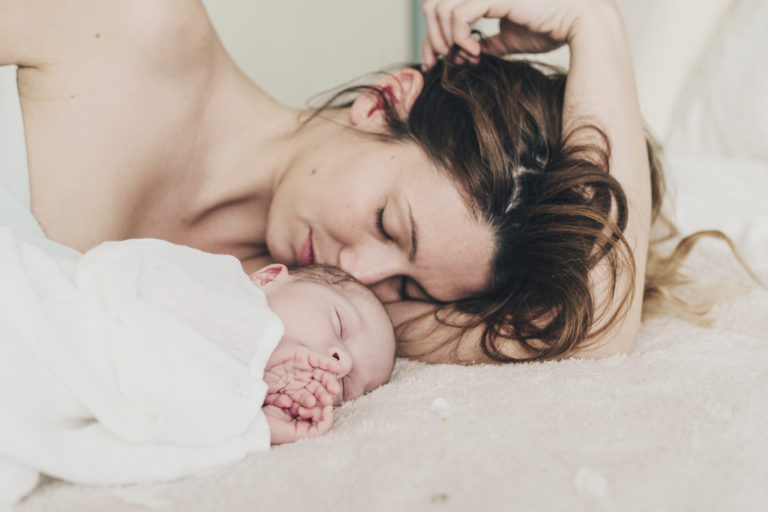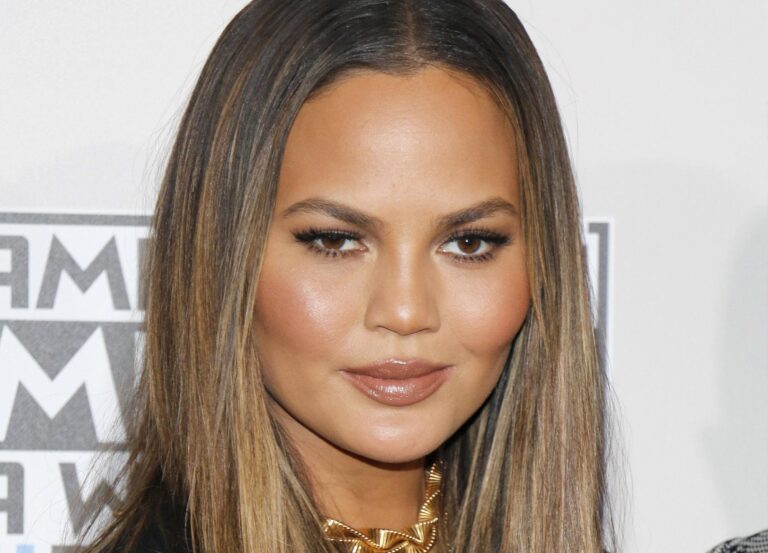As with so many other things over the past year, blame it on the coronavirus. It’s been well-documented that minorities have been disproportionately affected by the pandemic, harder hit when it comes to everything from mortality rates to economic turmoil. And it turns out that those in communities of color are also experiencing a higher rate of one of the more unexpected reported aftereffects of COVID-19: hair loss.
Recently published research in the Journal of the American Academy of Dermatology found a 400% increase in hair shedding (technical term: telogen effluvium) among people of color. This drastic uptick was noted by dermatologists practicing at two NYC hospitals, in Brooklyn and Manhattan, in racially diverse neighborhoods that experienced some of the highest COVID-19 death rates in New York City. So what gives?
Well, for starters, this isn’t necessarily directly related to the coronavirus. “There’s no data that shows COVID-19 does anything to the hair follicles,” explains Dr. William Yates, a board-certified hair restoration surgeon in Chicago. Instead, the culprit is COVID-related stress. Stress wreaks havoc on hormones that help regulate the hair growth cycle. “We’re all shedding hair every day, but it only becomes a problem when you’re losing more than you’re growing. Typically, about 90% of the hair is in the growing phase and only 10% is in the shedding phase,” says Dr. Yates. “But when you’re under stress, that ratio can shift. It can become fifty-fifty, or the amount of hair that’s shedding can even overtake the amount of hair that’s growing. That’s when you really start to notice it.” The other thing worth noting about stress-related hair loss is the timing; it doesn’t happen immediately after a stressful event. Instead, it takes about three to four months to manifest. Dr. Yates points out that the research found the increased hair shedding to occur in July 2020, chronologically perfect timing based on the start of the pandemic, he says.
Okay, but how does the race factor come into play? The experts we spoke with had differing opinions on the topic. Dr. Yates notes that he would’ve liked to see the findings of this research as compared to the non-BIPOC population. He also adds that while he’s definitely seen an increase in those dealing with excessive shedding, it’s equally split among his Cacucasian and non-Caucasian patients.
But St. Ann, Missouri, trichologist and hair health practitioner Abra McField says there are several other factors that are contributing to this surge of hair loss among minorities more so than with others. “We typically have coarser, more tangled, coilier, and drier hair. That means we have the same issues as everyone else but we’re more vulnerable to hair loss. Everything we do to our hair externally, even combing it, can cause potential damage and breakage and exacerbate the issue,” she says. In related news, she adds that African American hair has a biologically different growth cycle; African Americans naturally lose more hair in a shorter period of time as compared to Caucasians, she says.
McField also cites the styling habits of Black Americans as another potential factor. Traction alopecia—hair loss caused by the tugging of styles such as tight braids, wigs, and weaves—is extremely common, and stress-related hair loss just adds fuel to the fire, she says. Similarly, many Black women rely on professionals to help take care of and style their hair; with salons shut down during the pandemic, they may have been doing too much to their hair, doing the wrong thing, or neglecting it entirely, all of which can also exacerbate stress-related hair loss, she says.
Here’s the good news: if your excessive hair shedding is, in fact, caused solely by stress (i.e., there’s no underlying issue, such as illness or genetics), the condition will ultimately resolve on its own. It can take anywhere from two to three months, once the stress subsides, but eventually the growth cycle will normalize and the hair will start to grow back, points out McField. In the meantime, since none of us can simply snap our fingers and completely eliminate stress, be it pandemic-related or otherwise, there are things you can do to help minimize the effects it has on your hair. Both experts we spoke with agree that it’s imperative to be extra-gentle with both your scalp and hair, particularly as it pertains to the products you’re using. That means avoiding harsh chemicals and chemical treatments, including relaxing, straightening, and coloring. Addressing the issue from the inside out can also be helpful. Dr. Yates suggests making sure you’re getting enough of the nutrients that are essential for healthy hair growth—biotin, vitamin D, protein—through your diet and/or supplements.
And finally, don’t forget to address the stress factor too. Pay attention to and be cognizant of your stress triggers, advises McField, who also holds a degree in psychology. Even something as simple as practicing deep-breathing exercises for two minutes at a time, she adds, can help calm your mind and even reduce hormone imbalances. “Dealing with hair loss is like fighting a war. You want to be in a position where you have strong defenses going into the battle, and all these things can help ensure you’re in the best place possible, even when stressful things do happen,” McField says.











